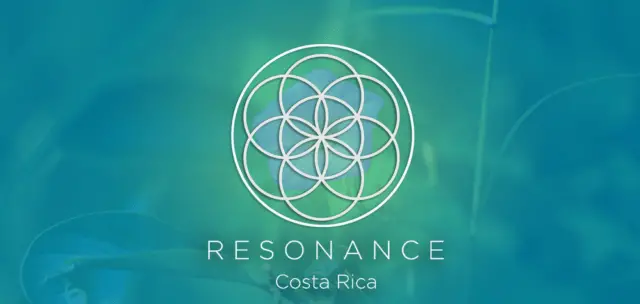The Ministry of Culture and Youth announced that Costa Rica has nominated the popular dance Swing Criollo to UNESCO’s Representative List of the Intangible Cultural Heritage of Humanity. The preparation of the nomination file was led by the National Commission for the Safeguarding of Swing and Bolero Criollos.
Its members are William Jiménez, Paola Morales, Carlos Soto, Jaime Calderón, Patricia Rodríguez, Jonathan Meneses, and Francisco Murillo. All of them are supported by the Intangible Cultural Heritage Unit of the Cultural Heritage Directorate of the Ministry of Culture and Youth. In addition, a total of 60 consents were obtained from the community that carries on this tradition.
Swing Criollo Application File
The application file was sent to UNESCO in Paris, France, by the Ministry of Culture and Youth. There, the application and its supporting documents will be evaluated; it will then be passed on to the Intergovernmental Committee, made up of 24 countries, which will be responsible for issuing the verdict for eventual inscription in December 2026.
Two publications describing the characteristics of the cultural expression were included in the application file as part of the inventory of the cultural expression. These are “Bounces and Turns to the Rhythm of Swing,” by Claudia López Oviedo and Paola Salazar Arce, published in 2012. The other is “Swing Criollo, Beyond Dance,” by William Jiménez Araya, published in 2024.
“Nominating swing criollo to the UNESCO Representative List of the Intangible Cultural Heritage of Humanity recognizes the efforts of generations who have kept this unique expression alive.
A symbol of our identity
“Since its origins in the dance halls of San José, swing criollo has gained strength and, amid jumps and turns, has become a symbol of our identity. “This nomination reflects the commitment of the Ministry of Culture and Youth to the preservation and promotion of our traditions, and also ensures that swing criollo continues to be a symbol of pride and unity for Costa Ricans,” said Jorge Rodríguez, Minister of Culture and Youth.
Origin of Criollo Swing
Criollo swing originated in the mid-20th century in certain dance halls in San José, which were socially marginalized at the time. This rhythm is the result of a hybridization between musical rhythms based on cumbia and twists typical of 1950s American swing dance.
However, Criollo swing established particular characteristics in Costa Rica that make it unique, which is why it was declared a dance expression of Costa Rica’s Intangible Cultural Heritage in 2012.

